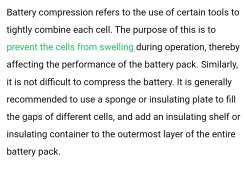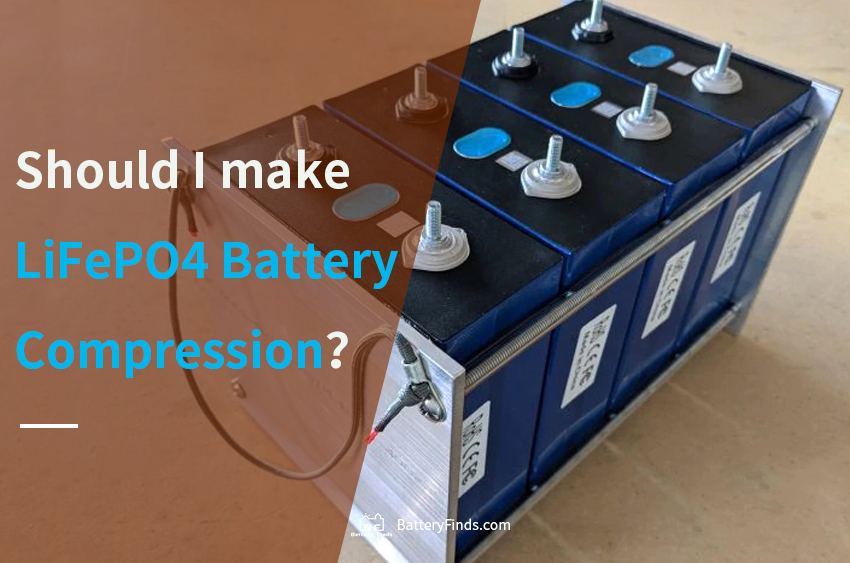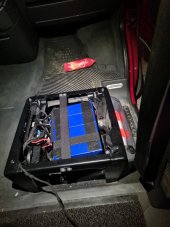Zapper77
Renaissance Man
- Joined
- Jul 23, 2022
- Messages
- 2,321
Looks like some form of black duck tape used to hold the cells together. Obviously the "professional" installer skipped a few basic cell protection features.What is the black tape around the edge of the battery and under it?







